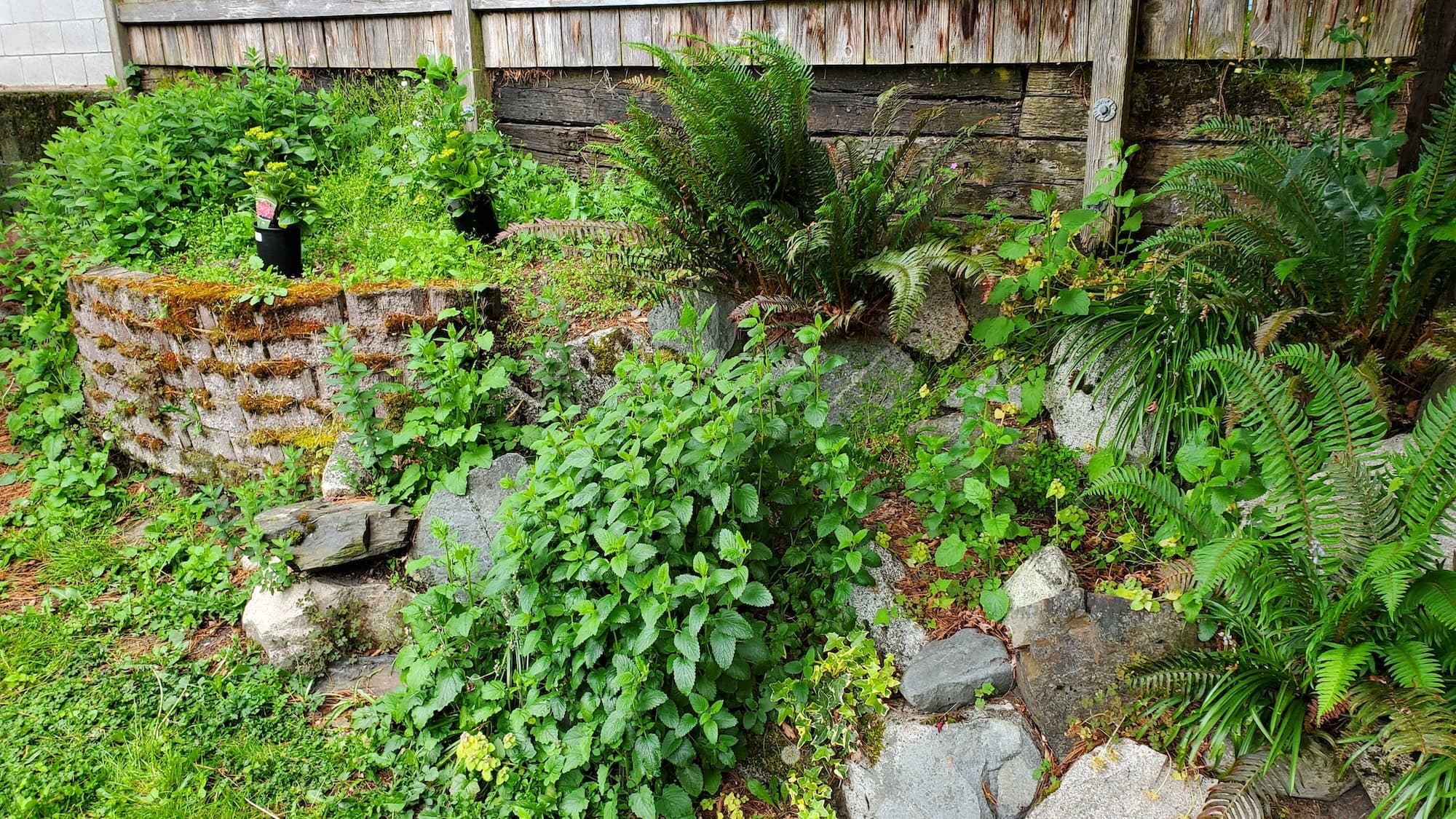Brush Thistle Removal
Homeowner’s Issue
Brush yards often deal with a mix of compacted soils, patchy sun, seasonal runoff, and stubborn weeds that take advantage of bare spots. Thistles send deep crowns and roots that survive mowing and light pulling, so they can come back season after season. In heavier soils or compacted lawn edges you’ll see them clustered where drainage is poor; on slopes they pop up where erosion strips topsoil and exposes seedbeds. Add HOA expectations about neat beds and curb appeal, and it becomes important to treat thistle proactively, not reactively.
Rain events followed by dry spells favor thistle seedlings — they germinate after soil disturbance and quickly outcompete thin turf. Typical yard trouble I see in Brush includes moss and ivy in shaded corners, sandy or compacted planting strips, and mulched beds that need renewing to suppress new seedlings. Nearby neighborhoods like White Center and the Highline corridor face similar issues, so local tactics — manual root removal, improving soil structure, and adding mulch or groundcover — are the reliable route. We don’t use herbicides; instead, we focus on physical removal, soil fixes, and planting choices that cut down future work and keep your yard looking tidy for the long haul.
Our Quality Service
We remove thistle by hand and targeted digging, pulling whole crowns and roots to prevent regrowth. We follow up with simple soil and drainage fixes — aeration in compacted spots, topdressing with compost, and redirecting surface runoff when slopes concentrate water. For sunny or sloped beds we recommend drought-tolerant native groundcovers or thicker mulch layers to limit bare soil.
Benefits:
- Safer yard for kids and pets — no chemicals.
- Better curb appeal with low-maintenance choices.
- Reduced recurrence through soil health and planting.
- Work done with attention to slopes, drainage, and HOA standards.
What’s Included
- Onsite assessment of infestation and root depth.
- Manual removal and root excavation.
- Cleanup and haul-away of plant material.
- Basic soil health notes and replanting suggestions.
- Mulch refresh (if selected) and bed edging.
Options / Upgrades:
- Mulch + weed fabric installation.
- Organic, manual spot treatments (no herbicides).
- Green bin vs. haul-away disposal.
- Native groundcover planting for slopes.
Before & After / Expectations
Expect some noise from tools and a bit of soil disruption during removal. We bag and haul debris, or load to your green bin as requested. Access to beds and close parking helps speed the job.
Care tips for Brush yards:
- Replace mulch annually in high-weed areas.
- Water new plants deeply, then taper to encourage roots.
- Check shaded corners for moss/ivy and pull seedlings early.
- Re-seed or plant dense groundcover on bare patches to block seedlings.
FAQs
How long will a job take?
Most residential spots take 1–4 hours depending on infestation size; large patches may need follow-up visits.
Will thistles come back?
If crowns are fully removed and bare soil is covered, chances fall dramatically. We plan follow-up checks and recommend mulch or planting to prevent return.
Do you use chemicals?
No. We use manual extraction, organic soil care, and mulch. Sustainable methods only.
Do you work with HOAs?
Yes — we’ll note HOA guidelines in the estimate and stick to approved plant lists and tidy edging.
Call to Action
If thistles are taking over your beds in Brush, book a free estimate. We schedule fast, work cleanly, and use local know-how to get lasting results. Email neatandtidyseattle@gmail.com to set a time — we’ll send a clear plan and options for mulch, hauling, or native planting to suit your yard.










